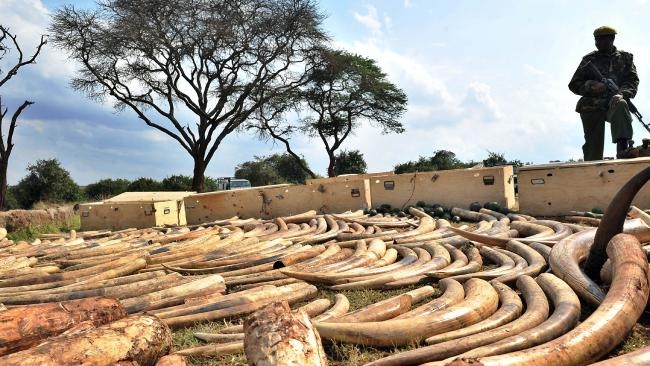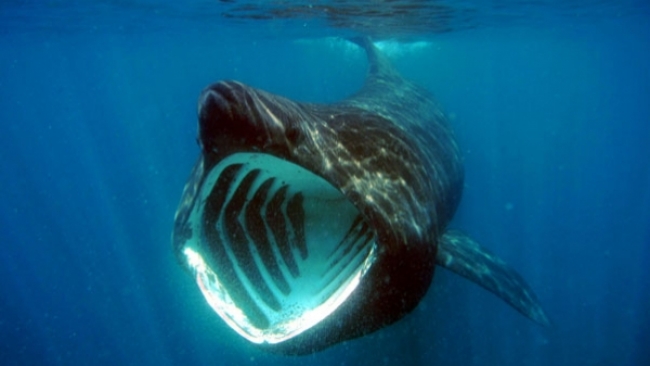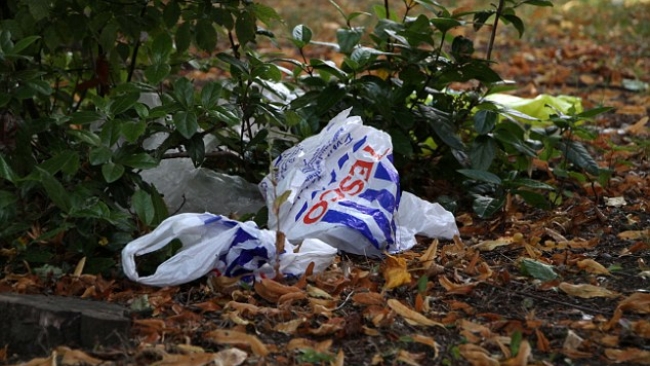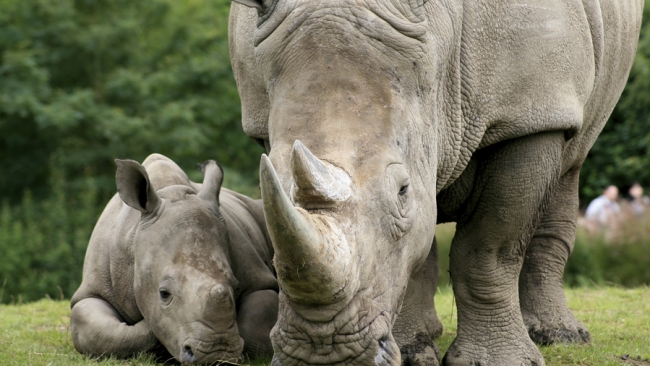Researchers trying to unravel spread of cesium and its impact on ecosystem after Fukushima disaster
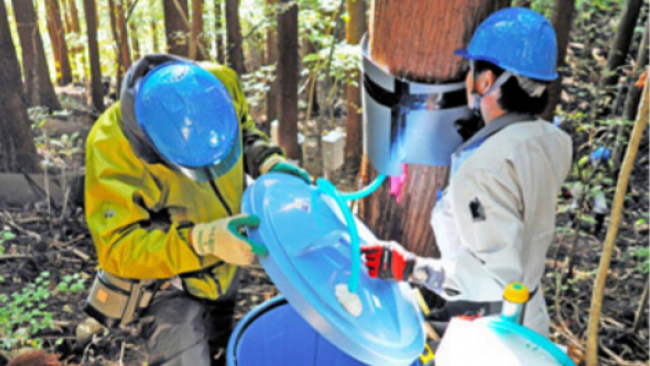
More than 90 percent of the fir trees in forests close to the site of Japan's 2011 nuclear disaster are showing signs of abnormality, and plant lice specimens collected in a town more than 30 kilometers from the crippled facility are missing legs or crooked.
But it remains unclear whether the mutations in plants and animals are definitively connected to the disaster at the Fukushima No. 1 nuclear power plant.
All that scientists in Japan are prepared to say is they are trying to figure out the effects of radioactive cesium caused by the release of huge amounts of radioactive materials from the triple meltdown at the Fukushima plant triggered by the Great East Japan Earthquake and tsunami.
Scientists are seeking answers to how radioactive cesium spread in forests and the soil after the accident, along with signs of mutation in plants and animals in areas close to the stricken nuclear plant.
Understanding how cesium and other radioactive particles spread after the disaster is key to putting the consequences of the nation’s worst nuclear accident into perspective.
The research has major ramifications in terms of what authorities and residents living near a nuclear power plant can expect if a similar accident occurs again. It also offers valuable insight for evacuees weighing their options about rebuilding their lives near the stricken plant.
Among radioactive substances, cesium-137 is of primary concern as it has a half-life of 30 or so years. As forests were excluded from decontamination work, an undetermined amount of cesium is bound to remain in forests and lie buried in the ground for many years to come.
Source: The Asahi Shimbun
Mon 1 Feb 2016 at 14:05

